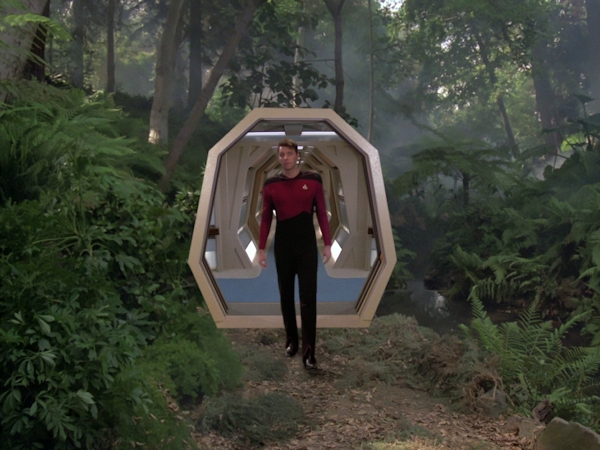[From GMA News]
Levitation technology brings Star Trek holodecks closer to reality
By TJ Dimacali, GMA News January 2, 2014
One of the most iconic technologies in the Star Trek universe are its ubiquitous “holodecks”, which use fictional “holomatter” to generate realistic three-dimensional objects that people can interact with.
Now, scientists at the University of Tokyo have invented a way to levitate and manipulate particles in mid-air—essentially paving the way for making holodecks a thing of science fact.
Yoichi Ochiai, Takayuki Hoshi and Jun Rekimoto of the University of Tokyo’s Nagoya Institute of Technology have been able to use sound waves to create “pressure nodes” in the air in which lightweight particles can be suspended and manipulated in three dimensions: [A 2:25 minute demonstration video]
Although using ultrasound waves to levitate objects isn’t new—in 2006, a similar technique was used to levitate an entire frog—the Japanese scientists’ approach is novel in that it allows the levitated particles to be moved about in all three dimensions.
“Our manipulation system has two original features. One is the direction of the ultrasound beam, which is arbitrary because the force acting toward its centre is also utilised. The other is the manipulation principle by which a localised standing wave is generated at an arbitrary position and moved three-dimensionally by opposed and ultrasonic phased arrays,” they explained on their website.
Although there have been numerous attempts to create a virtual-reality environment akin to the Holodeck, most devices have relied either on 3D goggles (such as the Oculus Rift) or on 360-degree projections (such as Microsoft’s patented system).
In contrast, the Japanese scientists’ discovery makes it possible to create tangible 3D environments that can be actually touched and manipulated.
